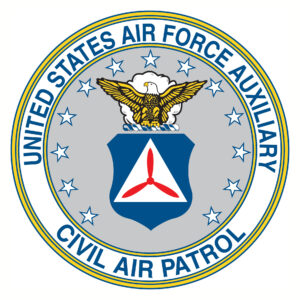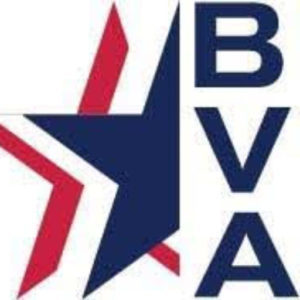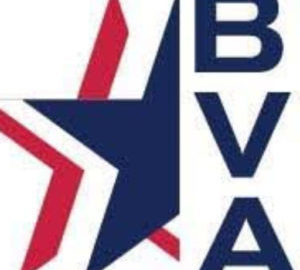 The Civil Air Patrol (CAP) celebrates its 84th birthday on Monday, December 1. As the civilian auxiliary of the U.S. Air Force, CAP was, ironically, established just six days before the Japanese attack on Pearl Harbor. Its purpose was to provide civilian air support to aid the war effort of World War II through border and coastal patrols, military training assistance, courier services, and other activities. After the close of the war, CAP was transferred from the U.S. Army to the newly formed U.S. Air Force. It is a congressionally chartered, federally funded 501(c)3 nonprofit corporation.
The Civil Air Patrol (CAP) celebrates its 84th birthday on Monday, December 1. As the civilian auxiliary of the U.S. Air Force, CAP was, ironically, established just six days before the Japanese attack on Pearl Harbor. Its purpose was to provide civilian air support to aid the war effort of World War II through border and coastal patrols, military training assistance, courier services, and other activities. After the close of the war, CAP was transferred from the U.S. Army to the newly formed U.S. Air Force. It is a congressionally chartered, federally funded 501(c)3 nonprofit corporation.
CAP operates and has “wings” in all 50 states, Puerto Rico, and the District of Columbia. It serves communities nationwide with aviation-connected volunteer professionals and engaged community members from a wide range of backgrounds and professions. They perform Air Force-assigned missions as a Total Force partner. Such missions include search and rescue and other emergency services, as well as disaster response, which CAP conducts for states and local communities as a nonprofit organization.
CAP’s vast accomplishments in the areas of emergency services, aerospace education, and cadet programs are generally unknown. It conducts 90 percent of inland search and rescue in the U.S. as tasked by the Air Force Rescue Coordination Center and other agencies. CAP supported 395 such missions last year.
CAP also educates adult and cadet members and the community at large on the importance of aerospace with many types of STEM-based materials and interest-generating activities related to STEM careers. It attracts more than 32,000 youth aged 12-20 as participants in its cadet programs, which include four main areas: leadership, aerospace, fitness, and character development.
The numbers tell at least a portion of the success story behind the Civil Air Patrol. Read the 2025 Fact Sheet for additional information.


